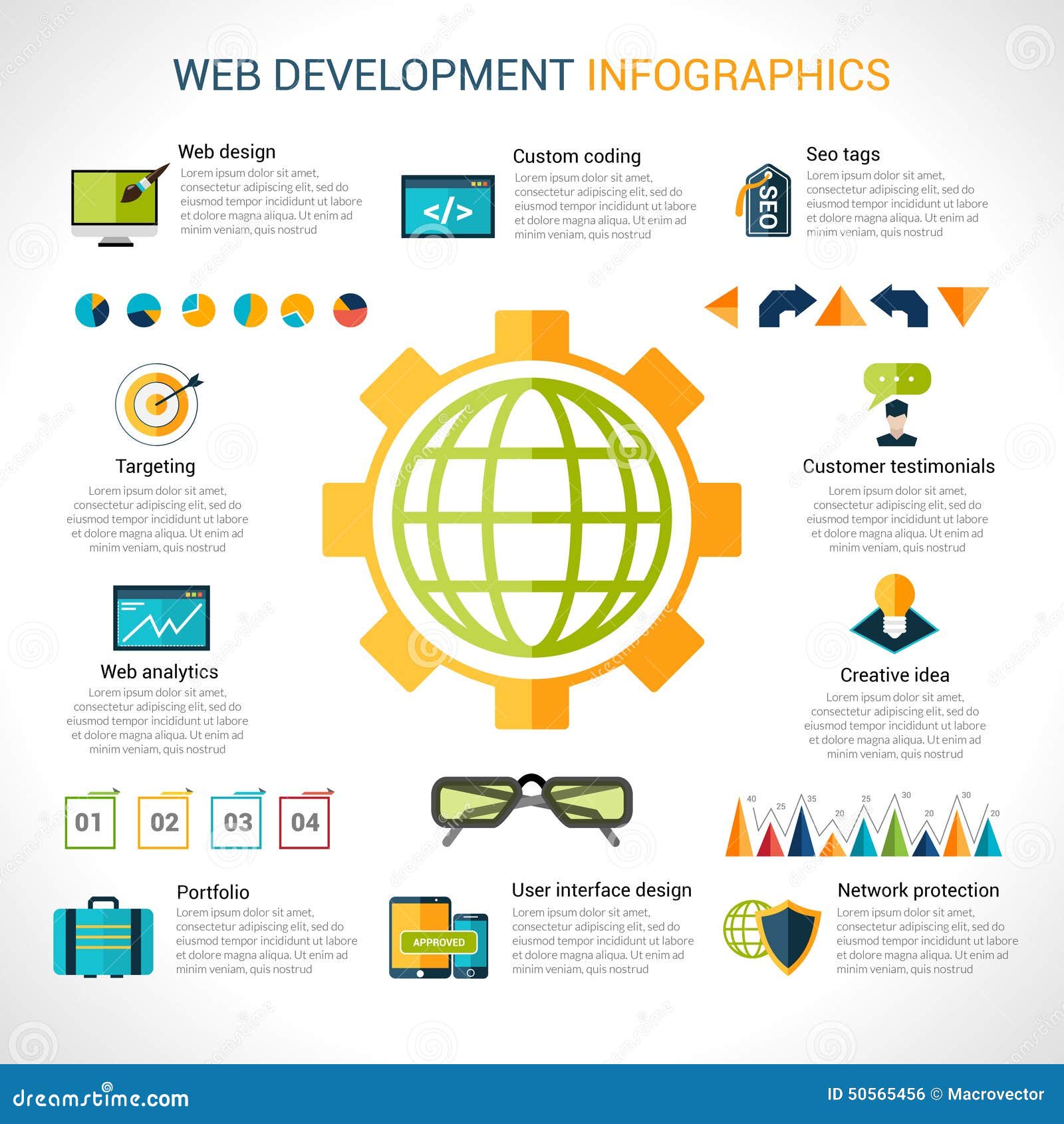Fascinated In Discovering How Site Design Has Progressed? Take A Trip With The Transformation
Fascinated In Discovering How Site Design Has Progressed? Take A Trip With The Transformation
Blog Article
Short Article Writer-Pappas Hejlesen
In the past, websites were simple and concentrated on info. Navigating was straight, and design was for desktops. Now, individual experience is crucial. Data guides layouts for simple navigating. Receptive layouts fit various gadgets. Today, dark setting lowers strain, and minimal food selections improve navigating. Interactive functions involve individuals, and bold visuals stand out. AI integration enhances interaction. See just how style has actually advanced to boost your on the internet journey.
Early Days of Web Design
In the early days of website design, simpleness reigned supreme. Websites were standard, with restricted shades, font styles, and designs. The emphasis was on giving information as opposed to showy visuals. Users accessed the internet with slow-moving dial-up links, so rate and functionality were key.
Navigation menus were straightforward, generally situated at the top or side of the web page. Internet sites were developed for home computer, as mobile surfing wasn't yet common. Material was king, and developers focused on very easy readability over complicated layout components.
HTML was the main coding language made use of, and designers had to work within its constraints. Animations and interactive functions were marginal compared to today's standards. Websites were static, with little dynamic content or personalized individual experiences.
Increase of User-Focused Style
With the evolution of site layout, a change towards user-focused style principles has ended up being significantly famous. Today, developing web sites that prioritize customer experience is vital for engaging site visitors and accomplishing organization objectives. go to this website -focused style entails understanding the demands, preferences, and actions of your target audience to tailor the site's format, content, and features appropriately.
Designers now carry out detailed research, such as customer studies and use testing, to collect insights and feedback straight from individuals. This data-driven technique helps in creating intuitive navigation, clear calls-to-action, and visually attractive user interfaces that resonate with visitors. By placing the customer at the center of the style process, web sites can provide a much more customized and enjoyable experience.
Responsive layout has also become a key element of user-focused design, making certain that internet sites are enhanced for numerous gadgets and screen sizes. This flexibility enhances access and functionality, satisfying the varied methods users communicate with web sites today. Essentially, the increase of user-focused design indicates a shift in the direction of creating electronic experiences that prioritize the demands and expectations of the end user.
Modern Trends in Web Design
Check out the most up to date patterns shaping website design today. One famous fad is dark setting design, using a smooth and modern appearance while lowering eye stress in low-light environments. One more key fad is minimalist navigating, simplifying food selections and improving individual experience by concentrating on essential elements. Integrating micro-interactions, such as computer animated buttons or scrolling effects, can create a much more appealing and interactive site. Responsive design continues to be essential, making sure seamless individual experiences throughout different tools. Furthermore, making use of bold typography and unbalanced layouts can add aesthetic interest and draw attention to specific web content.
Integrating AI technology, like chatbots for client assistance or tailored recommendations, boosts user interaction and simplifies processes. Ease of access has also come to be a substantial fad, with designers prioritizing comprehensive style methods to cater to diverse customer requirements. Embracing sustainability by maximizing internet site efficiency for speed and performance is one more arising pattern in web design. Teaming up with user feedback and information analytics to repeat and boost design continuously is crucial for remaining pertinent in the ever-evolving electronic landscape. By accepting these contemporary patterns, you can develop a visually attractive, straightforward website that resonates with your target market.
Final thought
As you reflect on the development of website design from the early days to currently, you can see just how user-focused style has become the driving force behind modern patterns.
Accept the journey of modification and adjustment in web design, constantly maintaining the user experience at the leading edge.
Tippingpointdigital
Keep current with the most recent patterns and technologies, and never quit developing your approach to develop aesthetically magnificent and straightforward web sites.
Develop, adapt, and develop - the future of web design is in your hands.
